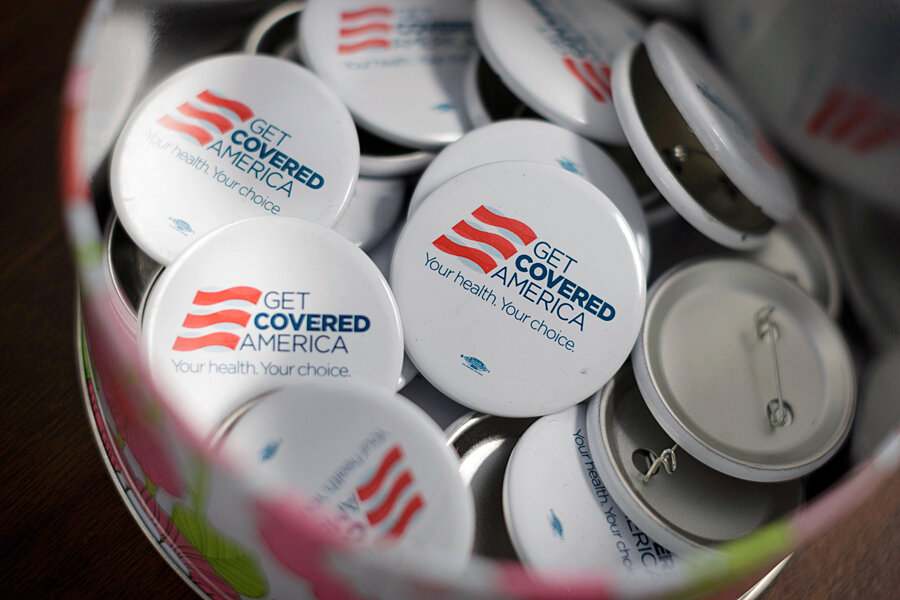Obamacare ads: Can plaid shirts, pointed humor sell Millennials health plans?
Loading...
| Washington
’Tis the season to sign up for Obamacare, so it’s time once again for off-kilter ads aimed at convincing young people that they need to pay attention to this health-care thing.
Thankfully, “Pajama Boy” has not yet reappeared. Remember him? He was the grown man wearing what looked like a plaid flannel onesie and cradling a cup of cocoa in ad that was tweeted out last year by a political nonprofit associated with the Obama administration.
Pajama Boy went viral, or more specifically, people poking fun at Pajama Boy went viral. But that might have been the point, because it got attention for the fact that the Millennial generation needs health insurance, too.
In Colorado, the “got insurance?” campaign looks like it’s ongoing. Those ads play off the popular “Got Milk?” tag line and feature such feats of youth as keg stands and bike crashes.
“The accident was gnarly, but my ER bills weren’t because I have health insurance,” says “Rob, Road Rash Warrior” in one.
Then there’s the newest entry in the weird-ad sweepstakes, from Get Covered Illinois. Luck is the campaign’s theme. Its logo is a pair of crossed fingers, according to a piece on the effort in the Chicago Business Journal.
It starts with a group of happy 20-somethings strolling down a city street on a sunny fall day, without a care in the world apparently.
“Now there’s a health plan for people who can’t stand paperwork or monthly premiums. A plan with no real benefits. Introducing the ‘Luck’ health plan,” intones a narrator.
Cut to a happy Millennial on a swing, wearing an eye patch.
“There’s nothing to it,” the narrator says.
“No doctors. No prescriptions. No real health care of any kind. You don’t need it,” he continues.
And so forth. You get the idea: They’re mocking the way young people tend to think they’re invincible, so they don’t need health insurance. That’s why health-care economists sometimes call this demographic the “young invincibles.”
“You’ll be OK. Probably,” goes the ad, after shots of happy flannel-wearing youngsters with neck braces, splints, and other various signs of injury.
With lots of plaid flannel, an old Land Rover, and midcentury modern architecture, you know it’s aimed at Millennials. The so-called lumbersexual look has been a thing for a while now, didn’t you know?
The Obamacare focus on trying to get young people to sign up isn’t just due to concern for their possible soccer injuries. It’s also because the system needs premiums from younger, healthier people to help cover the costs for older, less healthy individuals.
And last year’s efforts worked, kind of. According to Gallup data, the uninsured rate among 18-to-25-year-olds fell 4.5 percent last year, to 19 percent. It fell 3.7 percent among 26-to-34-year-olds.
That’s in line with the gains shown in reducing the nation’s overall uninsured rate under the Affordable Care Act.
But there are still lots of plaid-wearing bros and gals out there counting on luck, if you will, to see them through. While the uninsured rate for 18-to-25-year-olds is 19 percent, the overall national adult uninsured rate is 13 percent.
And the uninsured rate for 26-to-34-year-olds is the highest for any age group: 24.5 percent.








